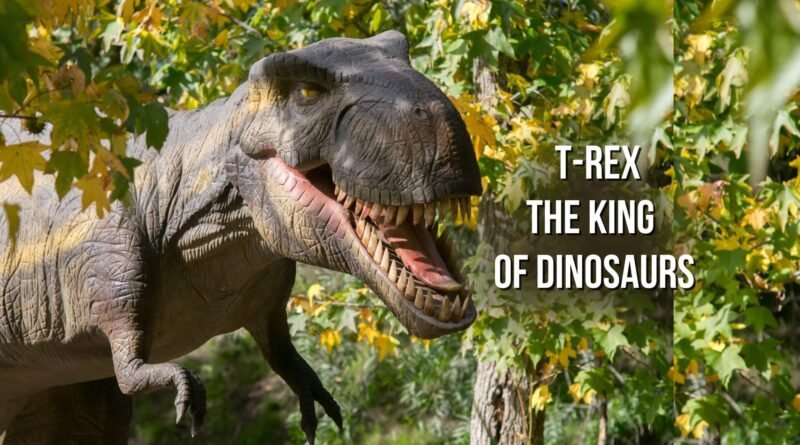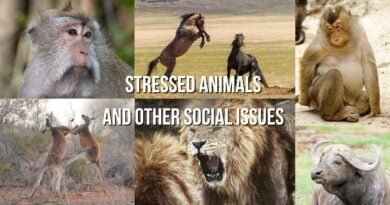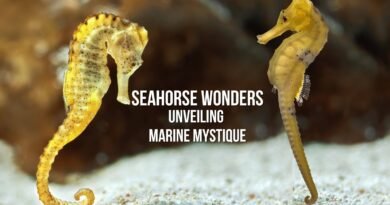Everything you need to know about T-Rex – The king of dinosaurs
Tyrannosaurus Rex, more popularly known as T-Rex, is one of the most well-known dinosaurs. This massive creature lived during the late Cretaceous period and was one of the last non-avian dinosaurs to roam the earth. T-Rex was a predatory dinosaur, meaning it hunted and scavenged for food. But what else do we know about this fascinating creature? How much did t rex weigh? What are their habits, diet and habitat?Keep reading to find out!
Size and appearance
T-Rex was huge! So… how much did the t rex weigh? Adults could grow to be over 40 feet long and weigh up to 7 tons. This massive size meant that T-Rex was one of the largest land predators EVER. In terms of appearance, T-Rex was covered in scales and had small, bumpy protrusions on its skin called osteoderms. It also had a large head with small eyes, and its teeth could measure up to 12 inches long!
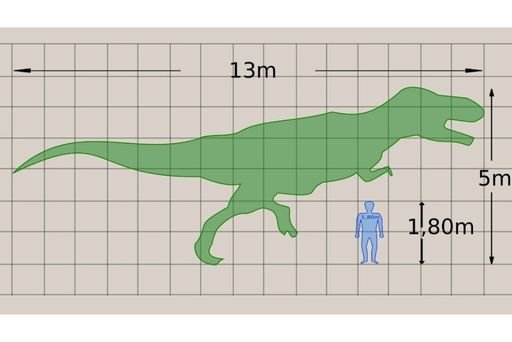
Habitat and diet
T-Rex lived in North America during the late Cretaceous period. This was a time when the earth was much warmer than it is today, and the continents were arranged differently than they are now. T-Rex liked to live in floodplains and woodlands where there were plenty of plants to eat. As a predatory dinosaur, T-Rex would hunt smaller dinosaurs and other animals for food. It would also scavenge carcasses that it came across. Experts believe that T-Rex could eat up to 500 pounds of food in a single day!
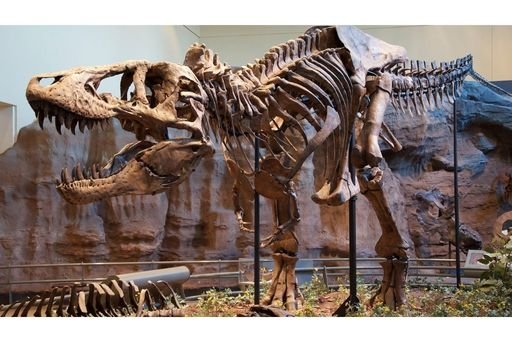
Extinction
T-Rex went extinct around 65 million years ago along with all other non-avian dinosaurs. The exact cause of the dinosaur extinction event is still unknown, but there are several theories out there. One popular theory is that a comet or asteroid hit the earth, causing widespread devastation that killed off all the dinosaurs. Another theory suggests that a sudden change in climate may have caused dinosaurs to die off due to lack of food. Whatever the cause, we know that T-Rex (and all other non-avian dinosaurs) are no longer with us today.
Despite being extinct for millions of years, we still know a lot about T-Rex thanks to its fossilized remains. Fossils are preserved remains or traces of an organism from the past, and they can tell us a lot about that organism’s life and habits. T-Rex fossils have been found all over North America, and they have helped us piece together what this amazing creature was like. If you’re ever lucky enough to see a T-Rex fossil, you’ll be looking at a true piece of history!
Fun facts about T-Rex
- T-Rex had a very powerful bite, and its teeth were serrated like a steak knife
- T-Rex could run up to speeds of 25 miles per hour
- T-Rex had small arms, and its hands had only two fingers
- T-Rex was bipedal, meaning it walked on two legs
- T-Rex went extinct around 65 million years ago
- T-Rex was one of the last non-avian dinosaurs to go extinct
- The T-Rex wasn’t actually the biggest dinosaur that ever lived! That title goes to another predatory dinosaur called Spinosaurus. But even though it wasn’t the biggest, the T-Rex was still one of the most fearsome predators of its time!
- Now that you know a little more about T-Rex, you can impress your friends with your knowledge of this amazing creature! Remember, even though T-Rex is no longer with us, its fossilized remains can still teach us a lot about the fascinating world of dinosaurs.
- T-Rex had a brain the size of a walnut.
- T-Rex could only hear low-frequency sounds.
Conclusion
Tyrannosaurus Rex—more popularly known as T-Rex—is one of the most well-known dinosaurs for good reason. This massive predator was one of the last non-avian dinosaurs to roam the earth during the late Cretaceous period. Though we now know that T-Rex went extinct along with all other non-avian dinosaurs around 65 million years ago, this creature still captivates our imaginations today. Now you know how much did t rex weigh, where and how he lived, his habits and diet. Thanks for learning a little bit more about this amazing creature with us!

